An upcoming pop-up pays homage to the state's culinary ethos through an eclectic spread of food celebrating sub-regions and communities

Maharashtrian veg thali
Maharashtra's rich and diverse culinary history, for reasons unknown, is rarely given its due at city restaurants and eateries.
ADVERTISEMENT
But now, a new revivalism is taking place and it has taken the culinary world by storm. This became evident in the past couple of years with the surfacing of a host of regional restaurants across Mumbai. And a few days back, while conversing with food writer and host Kunal Vijayakar, he confirms this as he tells us that the city is going through a happy transition with foodies increasingly tilting towards regional and heritage cuisines, detaching themselves from the over-hyped and hotchpotch variety of half-Mumbai-half-western khaana, which includes cheese dabeli and butter
chicken Maggi.
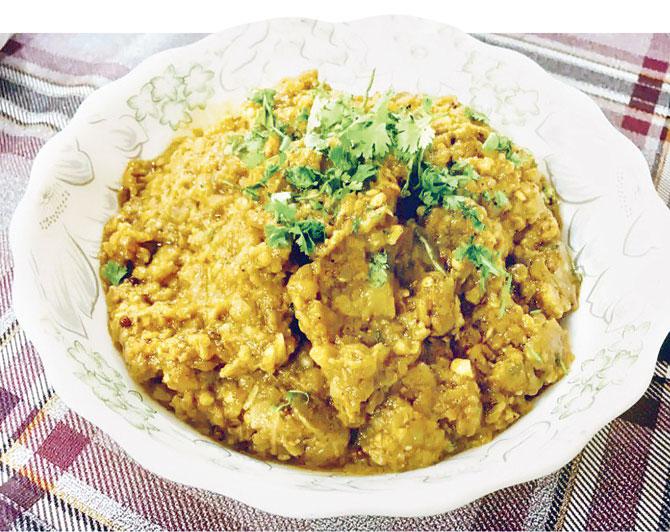
Khandeshi wange bharit
And so, the happy movement continues with yet another pop-up beginning next week, Marathi Mejwani, the fourth edition of a hospitality group's attempt to bring back traditional Indian food through a series titled Rivaayat.

Aditya Mehendale
At the helm of this pop-up, which seeks to celebrate Maharashtrian cuisine panning across Kolhapuri, Solapuri and Puneri Peshvai cuisines, is chef Aditya Mehendale, a Pune-based aficionado and a descendant of the Sardar Raste family.
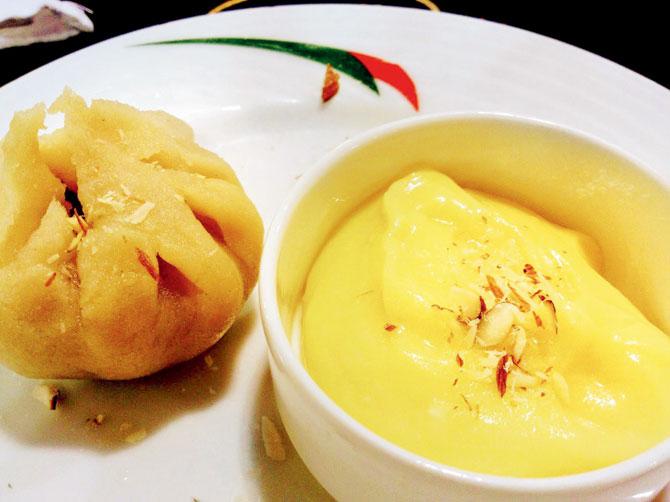
Modak and kesar saffron shrikhand
For Mehendale, cooking runs in his blood. "My grandfather was a great cook and so was his sister. Primarily people from Pune are pure vegetarians, but he introduced meat in our kitchen. We had royal cooks, some of whom were speciality cooks, and they would prepare only one dish a day," the chef shares, speaking about the recipes that have been bequeathed to him. But heritage isn't the only source for Mehendale; his travels through the state, too, have been an immense source of inspiration. "Whenever I was in these regions [pockets of Maharashtra] I made sure to check with locals about what they ate traditionally and if I found something authentic I would request them for recipes," he reveals, adding that he doesn't understand why some chefs withhold recipes. "The idea is to put Maharashtrian cuisine on the global map," he asserts.
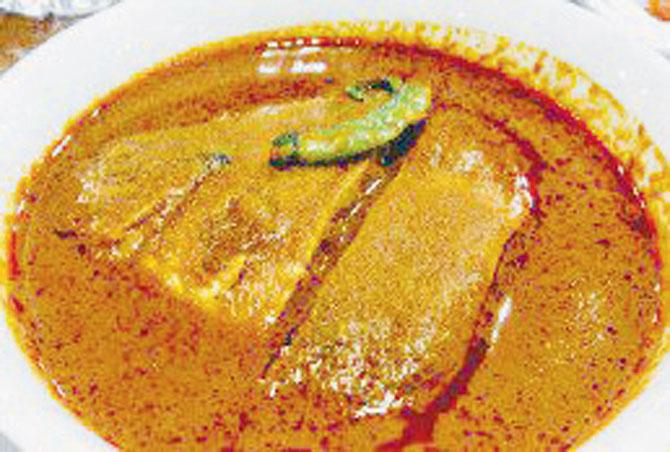
Paplet chi amti
It was in this way that he found, for example, the maral rassa, a quintessential Kolhapuri dish prepared with snakehead murrel (a type of fish). Before hunting was banned, royals, and even locals, hunted murrels rather than using a fishnet. "It's a part of the tradition in that region. People preferred to hunt maral rather than buy it from the fishmongers. It wasn't an easy process either, because it's difficult to shoot into water. So, one would have to wait for the fish's head to pop out and then aim for it," he informs us.
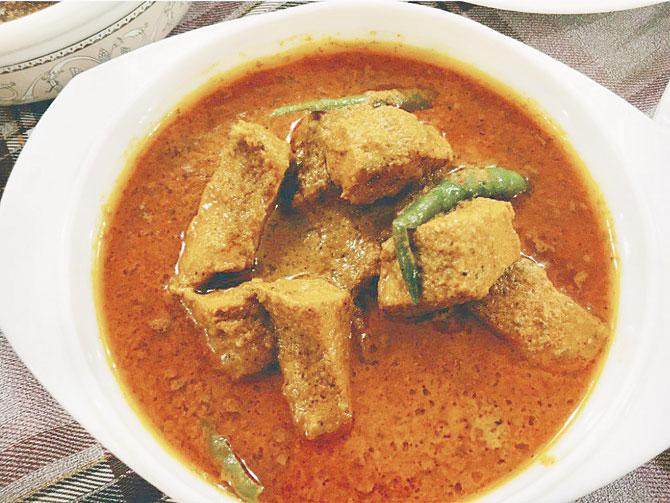
Konkani fish curry
And there are stories behind other dishes, too. Take the navsacha kombda, a chicken dish made with a spice blend and coconut paste, prepared largely during Koli weddings as well as when someone's wish comes true, thereby deriving its name from the word 'navsacha', which translates to mannat.
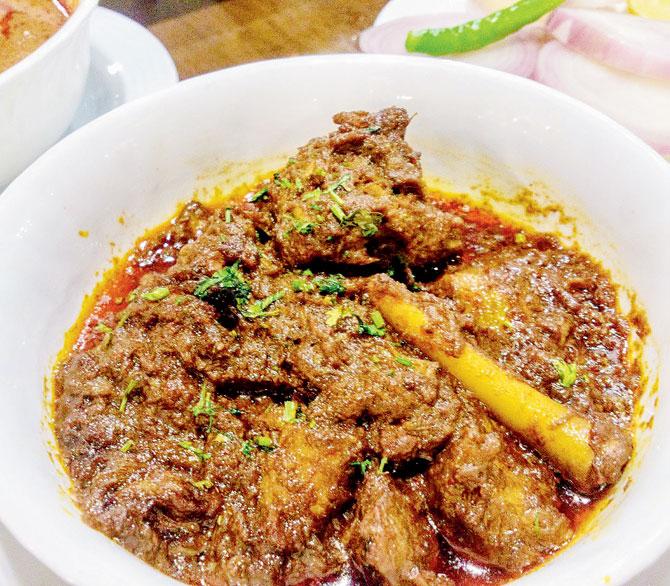
Malvani mutton sukke
But stories aren't the only thing binding this lavish spread; it's also an attempt to present dishes in their most authentic form. "Most people cook brinjal with spices to prepare bharli vangi, but ideally, the brinjal should be stuffed," Mehendale clarifies, giving us a peek into the rich legacy of other dishes that will be on the table such as Sholapur sheng mutton (spiced lamb with drumsticks), paplet chi amti (pomfret simmered with black Telicherry peppercorns), puran polis and shrikhand.
On: November 19 to 30; 12 pm to 3pm; 7 pm to 11 pm
At: Maya — Trident, C 56, BKC.
Call: 66727777
Catch up on all the latest Crime, National, International and Hatke news here. Also, download the new mid-day Android and iOS apps to get the latest updates
 Subscribe today by clicking the link and stay updated with the latest news!" Click here!
Subscribe today by clicking the link and stay updated with the latest news!" Click here!






